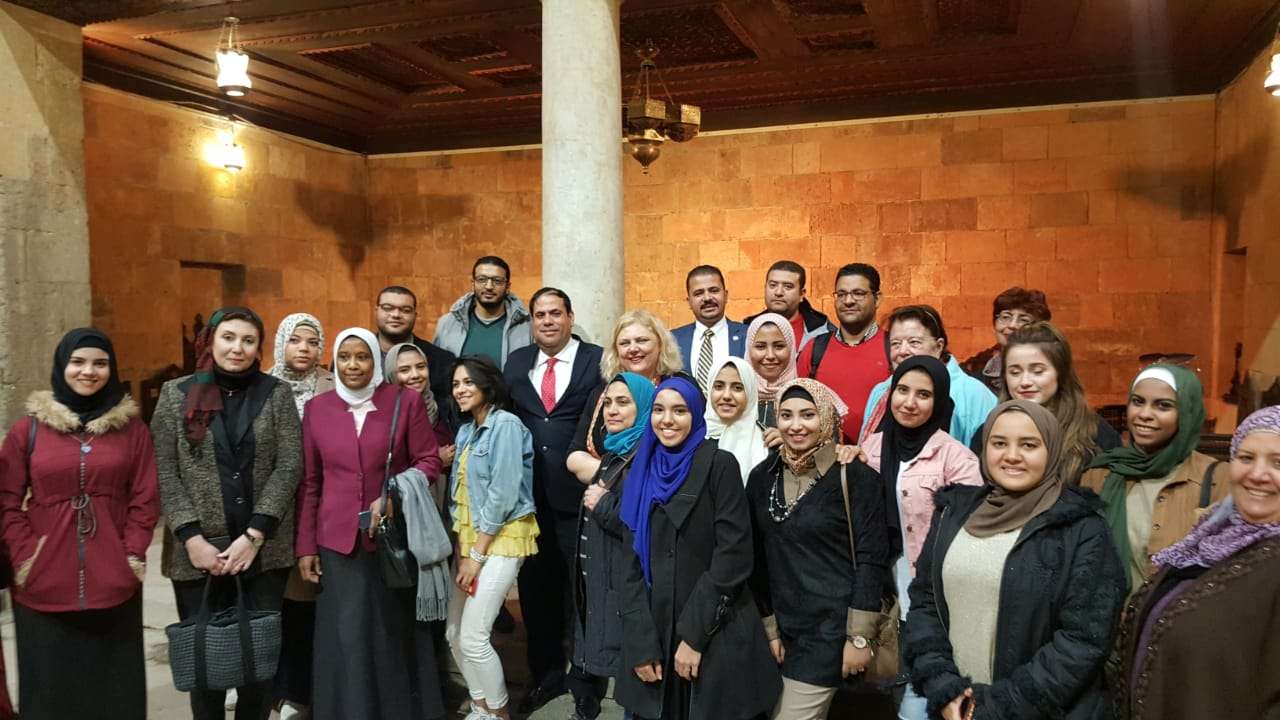The Zahi Hawass Center for Egyptology, in coordination with Al Sinari House organized a lecture on the worship of the seven planets and their impact on the images of the seven writers and the seven kingdoms in the Nile Valley, written by Dr. Magda Łaptaś.
Both Hawass Center and Al Sanari are affiliated to the Cultural Communication Sector of the Bibliotheca Alexandrina.
Dr. Mustafa Al-Faki, director of the Bibliotheca Alexandrina, said that the aim of such program is to educate young people on the history of ancient Egypt, raise the archaeological awareness of Egyptian school and university students, in addition to emphasizing the Egyptian identity through the great achievements of the ancient Egyptians in all fields.
He noted that the Bibliotheca Alexandrina is keen on permanent contact with youth through its cultural activities and activities organized by the Zahi Hawass Center for Egyptology.
The lecture dealt with showing the evolution of the cult of the seven protective deities across the Mediterranean, in antiquity and the Middle Ages, and the worship of seven planets, visible to the naked eye, that date back to ancient Mesopotamia.
It was believed that the position of those planets during the birth of a child determines his future life. Seven planets were associated with the major deities of Mesopotamia.
In ancient Egypt, this function usurped the goddess Hathor, who appeared in her seven characters in the family of newborns, and protected children from the bloodthirsty goddess Sekhmet, whose seven arrows caused illnesses and disease.
The function of the protective celestial beings was attributed to seven archangels during the medieval period in the Nile Valley. The cult of the seven archangels is illustrated in written sources, graffiti, architecture and art.
It is worth noting that Laptas is an art historian and archaeologist working at Cardinal Stephen Wisiski University in Warsaw. She participated in excavations in Panganarti (Sudan), and was also a member of assignments Restoration in Kaftoun and Maad (Lebanon).
Her main field of research is medieval Mediterranean art with special attention to the icons of paintings acquired during Polish excavations in the Nile Valley.
She is currently managing a project in Egypt by the Polish Science Center entitled "The Apostolic College of Archaeology in the Middle Ages in Egypt".
Contributed by Nawal Sayed














